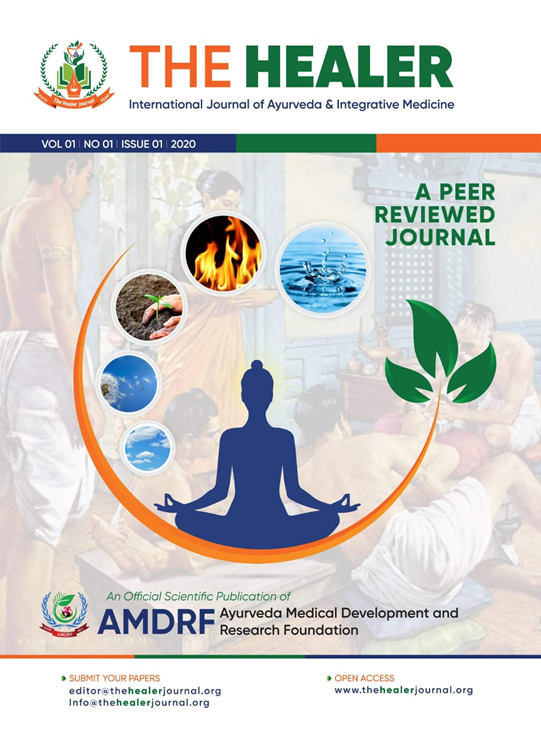Role of Kshira in the management of Jalodara (Ascites) - A Brief review
Abstract
Jalodara is commone Udarroga in today’s area can corelate with ascities. Most common cause of ascites is liver dysfunction due to parenchymal changes which can be correlated with Jalodara. Lolimbaraja boldly stated that only medicines have limited role if Pathya is followed correctly. In Samhitas Kshira (milk) has been considered as a Pathya-Ahara for Jalodara. This review study was aimed to highlight the role of Kshira in the management of the Jalodara. For this the classical texts, other literature related to the subject, research papers and material available on the websites were referred to collect the data. In transudate type of ascites, it creates hypoproteinemia which leads to decrease osmotic pressure intra-vascularly so the accumulation of fluid is occur in peritoneal cavity. Kshira is a best Jivaniya and Rasayan Dravya. By menace of Madhura rasa, Madhur Vipaka & Shita Virya Kshira passes Srishtavinamutra effect that also act as diuretics and evacuation of collected waste product from the body it turns into detoxification. It also helps to improve the immunity of an individual by its Guna. Kshira is alos called as complete food in Indian continent. Narration of Kshira as a Pathya-ahara in management of Jalodara seems having synergetic effect with the line of treatment as mentioned in classical text.













